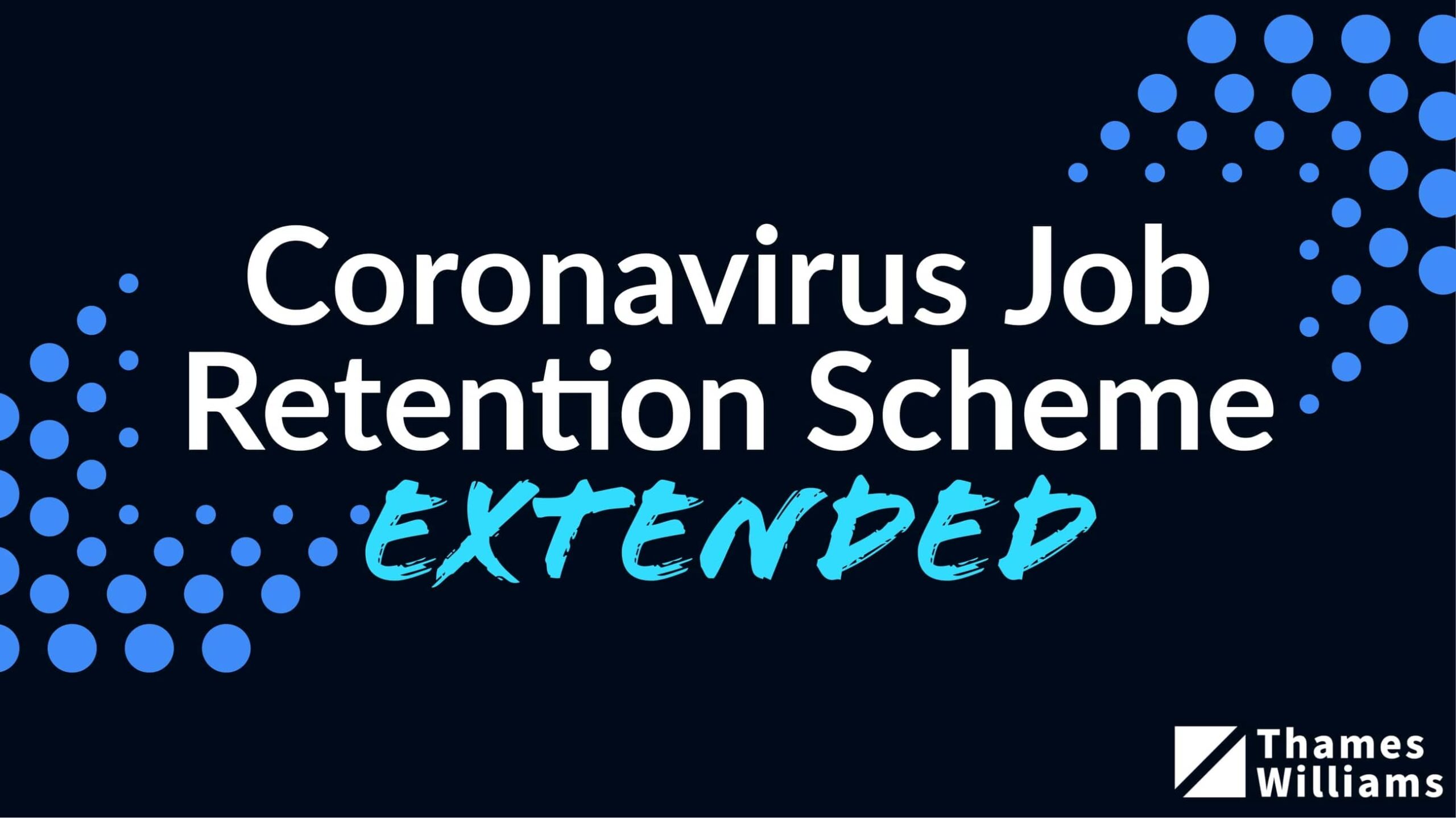Yesterday our PM, Boris Johnson announced England would be entering another national lockdown as of Thursday 5th November until Wednesday the 2nd of December. As a result of this, the government announced the extension of the Furlough Scheme till the end of December 2020.
Employers small or large, charitable or non-profit, are eligible for the extended Job Retention Scheme, which will continue for a further month.
Business will only be asked to cover National Insurance Contributions (NICs) and employer pension contributions which, for the average claim, accounts for just 5% of total employment costs. They will have the flexibility to bring furloughed employees back to work on a part-time basis or furlough them full-time.
The Job Support Scheme, which was due to replace the scheme from 01 November 2020, has been delayed until the Furlough Scheme definitively comes to an end.
Will there be any changes?
There will be no difference between the extended Furlough scheme and the previous scheme, which ended on 31 October 2020. It will operate in the same manner as the previous scheme, with a few minor legal changes and system updates which will be announced at a later date.
How much government support will my business get?
The level of support from the government will mirror levels as of August this year. The government will pay 80% of wages up to a cap of £2,500, and employers will pay employer National Insurance Contributions (NICs) and pension contributions only for the hours the employee does not work.
What about Flexi-Furlough?
As there are no significant changes to the extended Furlough scheme, flexible Furlough is still allowed in addition to full-time Furlough.
Employers can claim the grant for the hours their employee are not working, in reference to the usual contracted working hours (or regular hours of work if zero hours) in the claim period, which is a minimum of 7 consecutive calendar days.
For hours worked, employees will be paid by their employer subject to their employment contract. The employer will be responsible for paying the tax and NICs due on those amounts.
Am I still eligible?
As before the scheme is open to all businesses with a UK bank account and PAYE scheme. One difference to the last extension is, neither the employer nor employee needs to have used the Furlough scheme.
Publicly funded businesses are not expected to use the scheme. But, in the case where they are partially publicly funded, they may be eligible depending on the disruption to their revenue.
Can I add more employees to the Furlough scheme than before?
Yes and no. With the extension of the Furlough, the scheme brings in the eligibility to employees who were added to the business on or after the end of July this year.
For an employee to be eligible for Furlough, the PAYE RTI submission should have been sent to HMRC by 23:59 30th of October 2020 with their payment details.
Employees can be under any type of contract as long as there is an employment contract in place.
To summarise
For hours not worked by the employee, the government will pay 80% of wages up to a cap of £2,500. The grant must be paid to the employee in full.
Employers will pay employer NICs and pension contributions and should continue to pay the employee for hours worked in the usual way.
As with the current CJRS, employers are still able to choose to top up employee wages above the scheme grant at their own expense if they wish.
The Government will confirm shortly when claims can first be made in respect of employee wage costs during November. Still, there will be no gap in eligibility for support between the previously announced end-date of CJRS and this extension.

